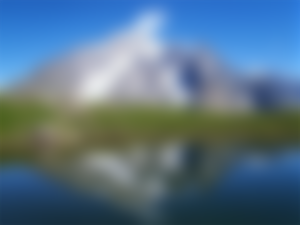Aspects of relief
When it comes to the European relief, three units stand out:
Ancient Massifs: these are very ancient mountains, located in the center-north and eastern Europe, among them we can mention the Ural Mountains - which separate Europe from Asia in the east - and the Scandinavian Alps (not to be confused with the Alps and Dinaric Alps).
Central Plains: the central plains, located in the central region (Russian Central Plateau and surrounding lands) present great extension and fertile soils, where there is the predominance of cereal cultivation and cattle raising.
Recent mountain ranges: these are young mountains and consequently of high altitude, being the Pyrenees, the Carpathians, the Alps, the Apennines, the Dinaric Alps, the Balkans and the Caucasus chain. They are located in the southern part of the European continent.

Highlight for Mont Blanc (4,807m) - highest points
We also find on the continent areas of depression located below sea level, to highlight the Netherlands, famous for its dikes and polders.
Still in Europe we should also mention the great demographic emptiness, that is, an area with little population due to inhospitable climatic conditions, such as near the polar regions and in high mountain climate.
Europe stands out very physically due to its jagged and irregular appearance, with several peninsulas, archipelagos and inland and closed seas.
Hydrography
In general, the rivers of the European continent flow over plains and are thus widely used for navigation, connecting regions and neighboring countries. There are some stretches where rivers flow over plateaus and mountainous areas, where they are used for hydroelectric power generation and supply. Among the important European cities with origin in the river banks we can mention London (United Kingdom - River Thames), Paris (France - River Seine), Lisbon (Tagus - Portugal), where the rivers are integrated to the city landscape.

View from the Parliament in Vienna (Austria) along the Danube River

